With one year to go until Windows 10 end of life, here’s what businesses should do to prepare
IT teams need to migrate soon or risk a plethora of security and sustainability issues
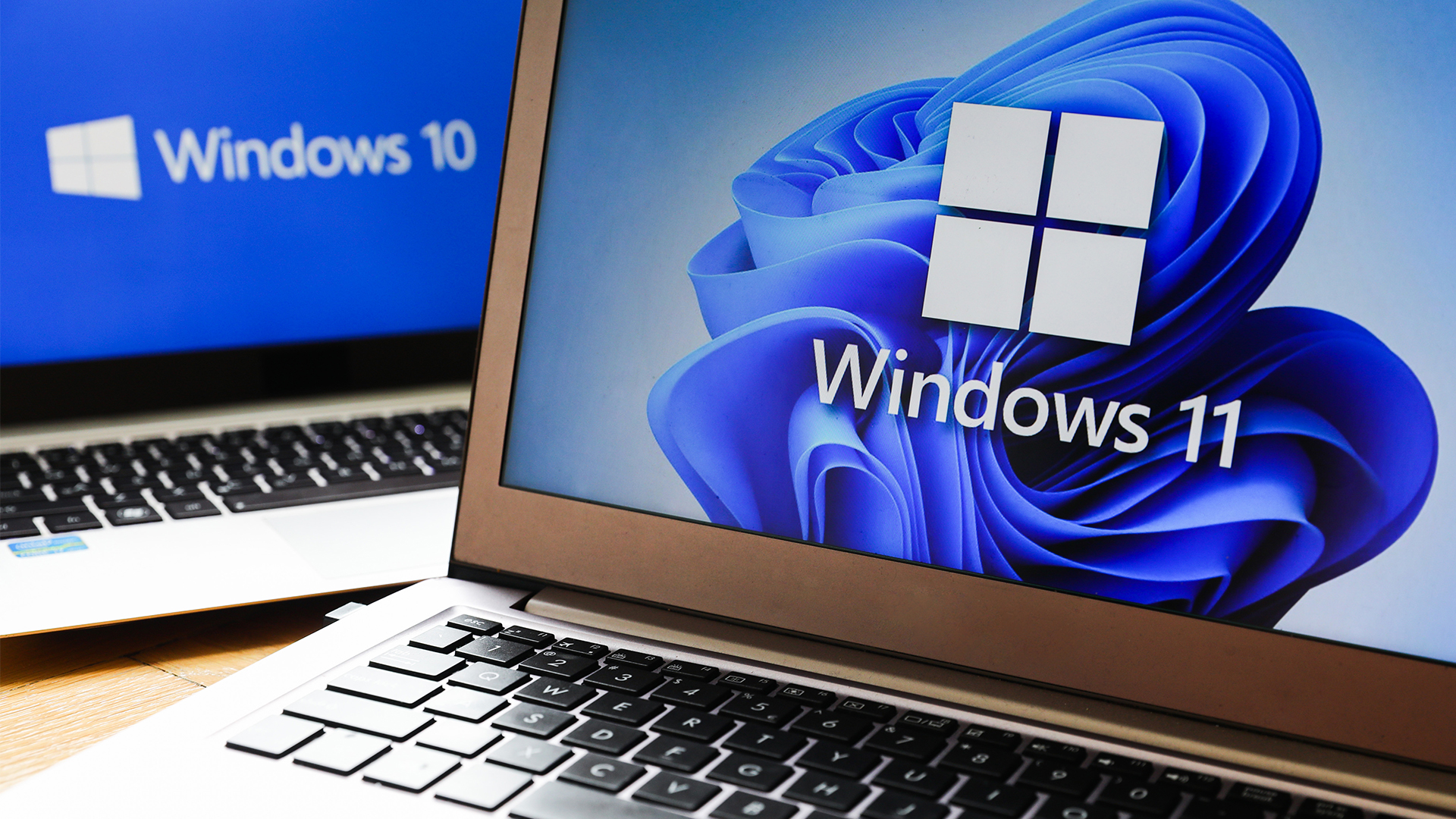

Windows 10 end of life (EOL) is a year out, meaning the clock is ticking for businesses still to undergo a Windows 11 migration plan.
The aging operating system (OS) is still widely used, however, and a burden for IT departments looking to keep pace with advancing technology and changing device requirements.
With the deadline looming and most users cutting it fine, group director of sustainability and growth at Circular Computing Steve Haskew told ITPro how businesses should be preparing for the change.
Security should be top of mind, Haskew said. While Windows 10 won’t come to a complete halt next October, there will generally be no updates or patches for the OS.
This leaves those yet to migrate vulnerable, as IT teams will have to deal with more bugs and may be left open to cyber attacks, he added.
On the sustainability side, there’s also an e-waste concern, as those with hardware incapable of supporting Windows 11 will need to dispose of equipment. Last year, analysts warned that Windows 10 EOL could lead to a torrent of e-waste as up to 240 million PCs were left destined for the scrap heap.
As a first step, Haskew said, IT teams concerned about the migration process should check devices with Microsoft’s PC health tool to see if they are compatible and eligible for a free upgrade.
Get the ITPro daily newsletter
Sign up today and you will receive a free copy of our Future Focus 2025 report - the leading guidance on AI, cybersecurity and other IT challenges as per 700+ senior executives
“If not, there are options - consider switching to different operating software like Google’s OS Flex, which can transform your old Windows-based device into a Chromebook,” he added.
Make it a priority to back up any files, he said, to avoid the risk of data loss during the migration process. In addition, businesses should responsibly recycle unwanted equipment.
“Contact the retailer you bought it from for options or consider donating it to charity,” he added.
Windows 10 remains pervasive
Despite being launched nearly a decade ago, Haskew said, Windows 10 is still hugely popular and continues to have millions of users.
RELATED WHITEPAPER

“This has led to a very long goodbye as Microsoft tries to prepare the ground for a smooth transition over to Windows 11, yet most PC users are still yet to make the move,” he added.
A study from earlier this year found that over three quarters (82%) of devices still aren’t running on Windows 11. Much of this hesitancy is due to wariness about the migration process, experts told ITPro at the time.
Try as it might, Microsoft can’t seem to push the needle. The firm has promoted Windows 11 on the back of its enhanced generative AI features, while also bumping up the price of Extended Security Updates (ESU) for Windows 10.
According to Statcounter, though, Windows 10 still holds 62.79% of the market compared to the 33.37% of Windows 11.

George Fitzmaurice is a former Staff Writer at ITPro and ChannelPro, with a particular interest in AI regulation, data legislation, and market development. After graduating from the University of Oxford with a degree in English Language and Literature, he undertook an internship at the New Statesman before starting at ITPro. Outside of the office, George is both an aspiring musician and an avid reader.
-
 Bigger salaries, more burnout: Is the CISO role in crisis?
Bigger salaries, more burnout: Is the CISO role in crisis?In-depth CISOs are more stressed than ever before – but why is this and what can be done?
By Kate O'Flaherty Published
-
 Cheap cyber crime kits can be bought on the dark web for less than $25
Cheap cyber crime kits can be bought on the dark web for less than $25News Research from NordVPN shows phishing kits are now widely available on the dark web and via messaging apps like Telegram, and are often selling for less than $25.
By Emma Woollacott Published
-
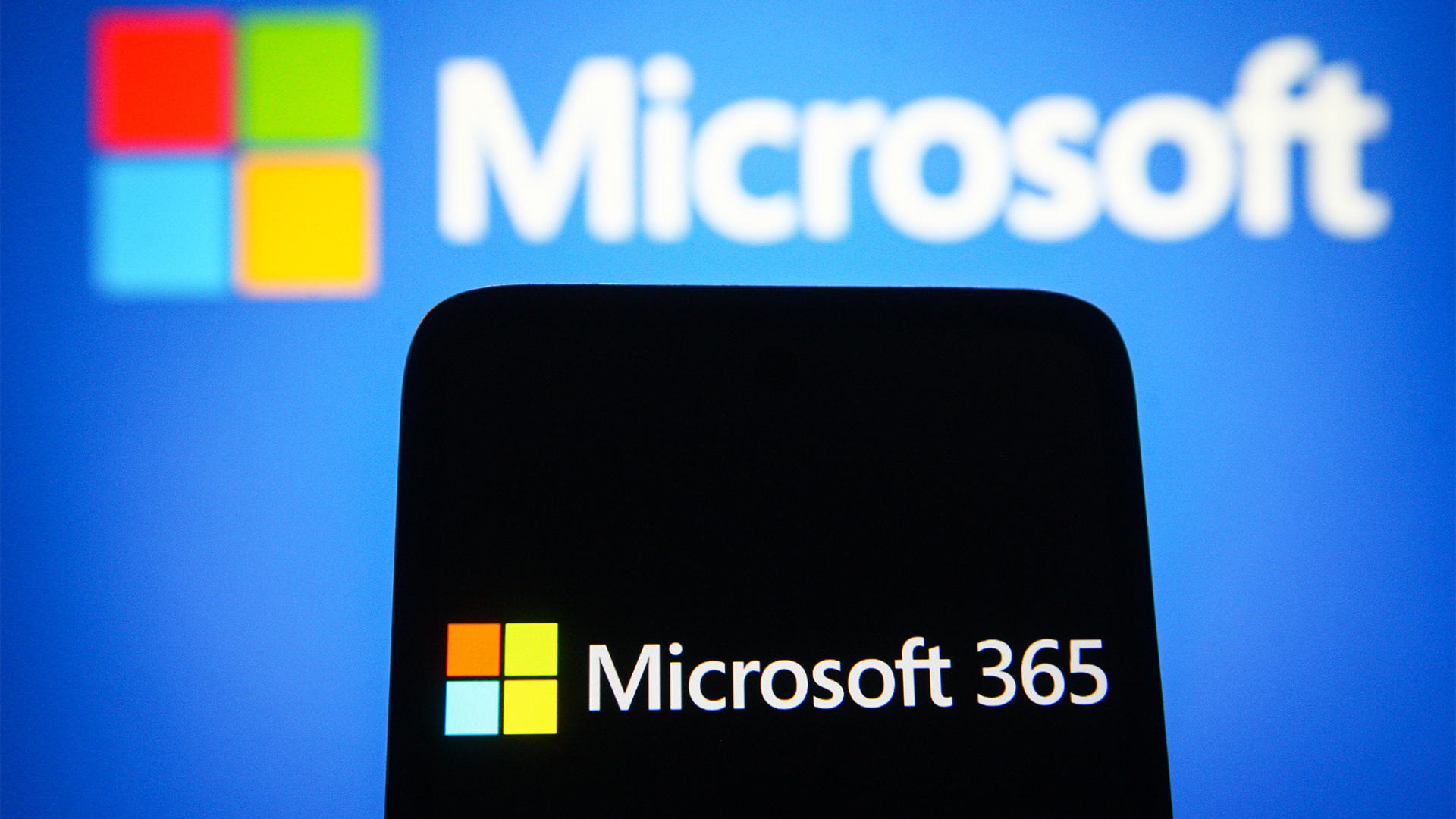 Microsoft justifies 365 price increases after MP concerns
Microsoft justifies 365 price increases after MP concernsNews Microsoft’s UK VP of external affairs has defended the tech giant's price increases
By George Fitzmaurice Published
-
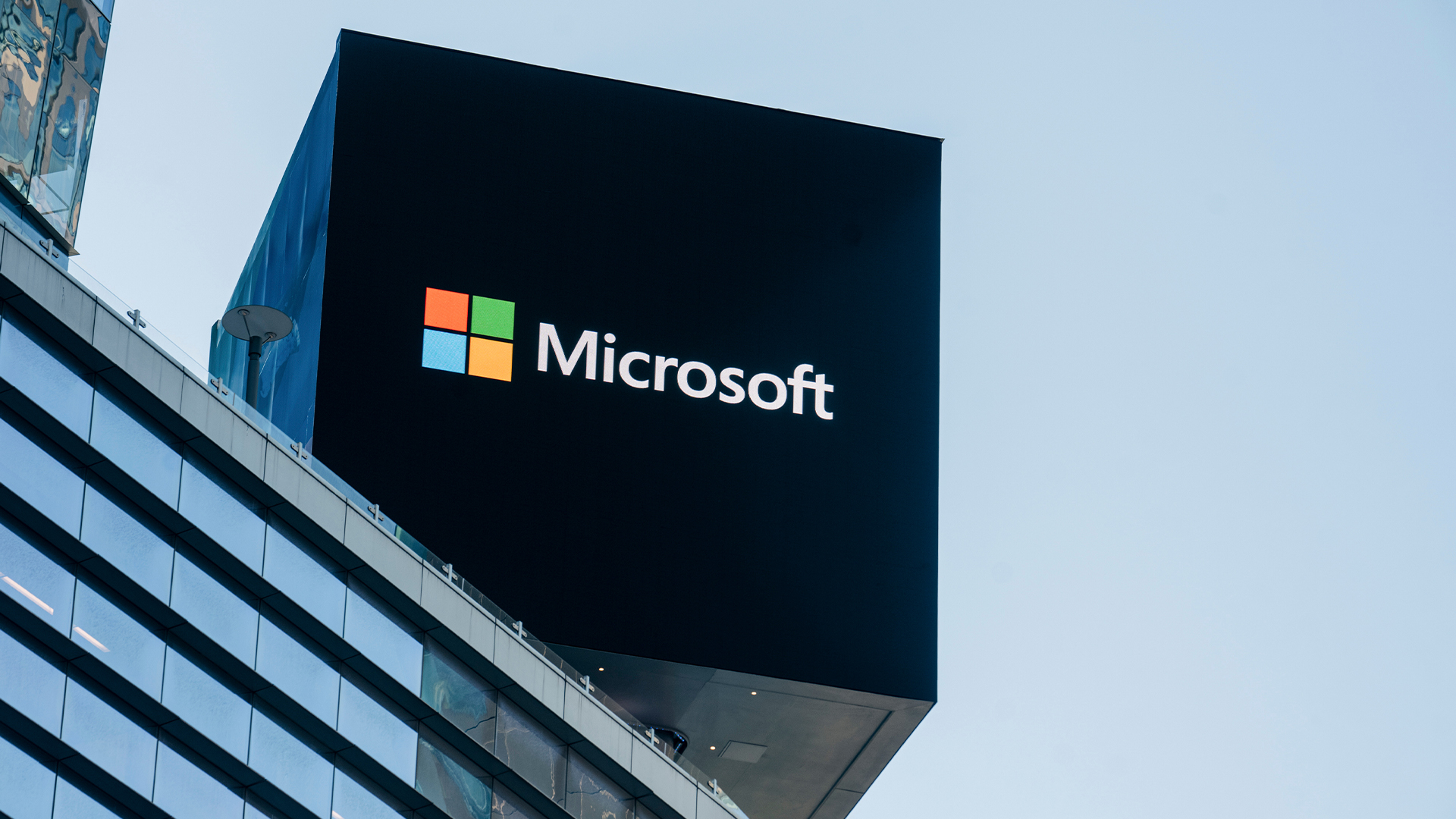 Microsoft is ending support for the Remote Desktop app – here are three alternatives you can try instead
Microsoft is ending support for the Remote Desktop app – here are three alternatives you can try insteadNews Microsoft has announced plans to end support for its Remote Desktop application in just over two months.
By George Fitzmaurice Published
-
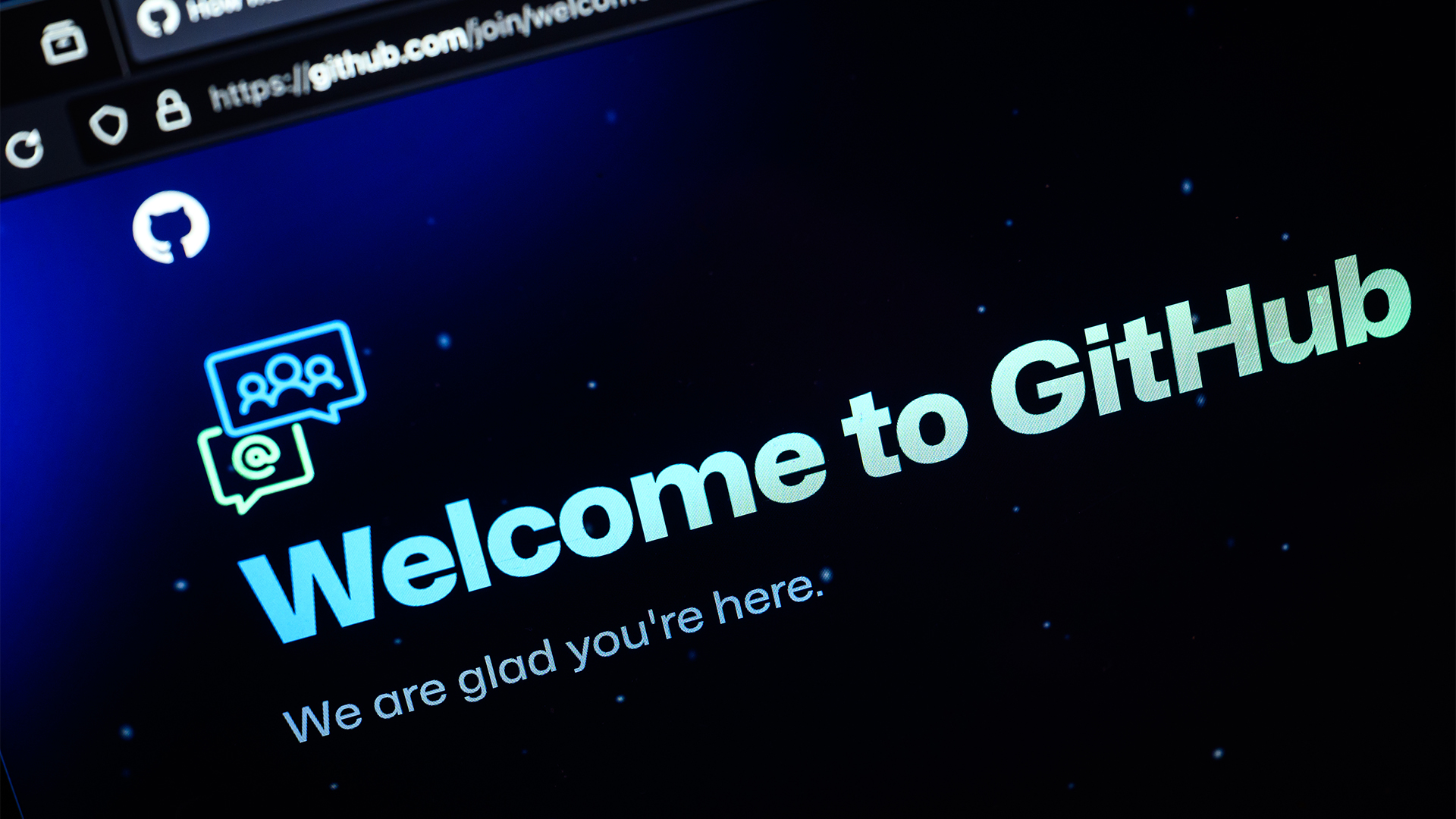 GitHub just launched a new free tier for its Copilot coding assistant – but only for a select group of developers
GitHub just launched a new free tier for its Copilot coding assistant – but only for a select group of developersNews Limited access to GitHub Copilot in VS Code is now available free of charge
By Nicole Kobie Published
-
 Recall arrives for Intel and AMD devices after months of controversy
Recall arrives for Intel and AMD devices after months of controversyNews Microsoft's Recall feature is now available in preview for customers using AMD and Intel devices.
By Nicole Kobie Published
-
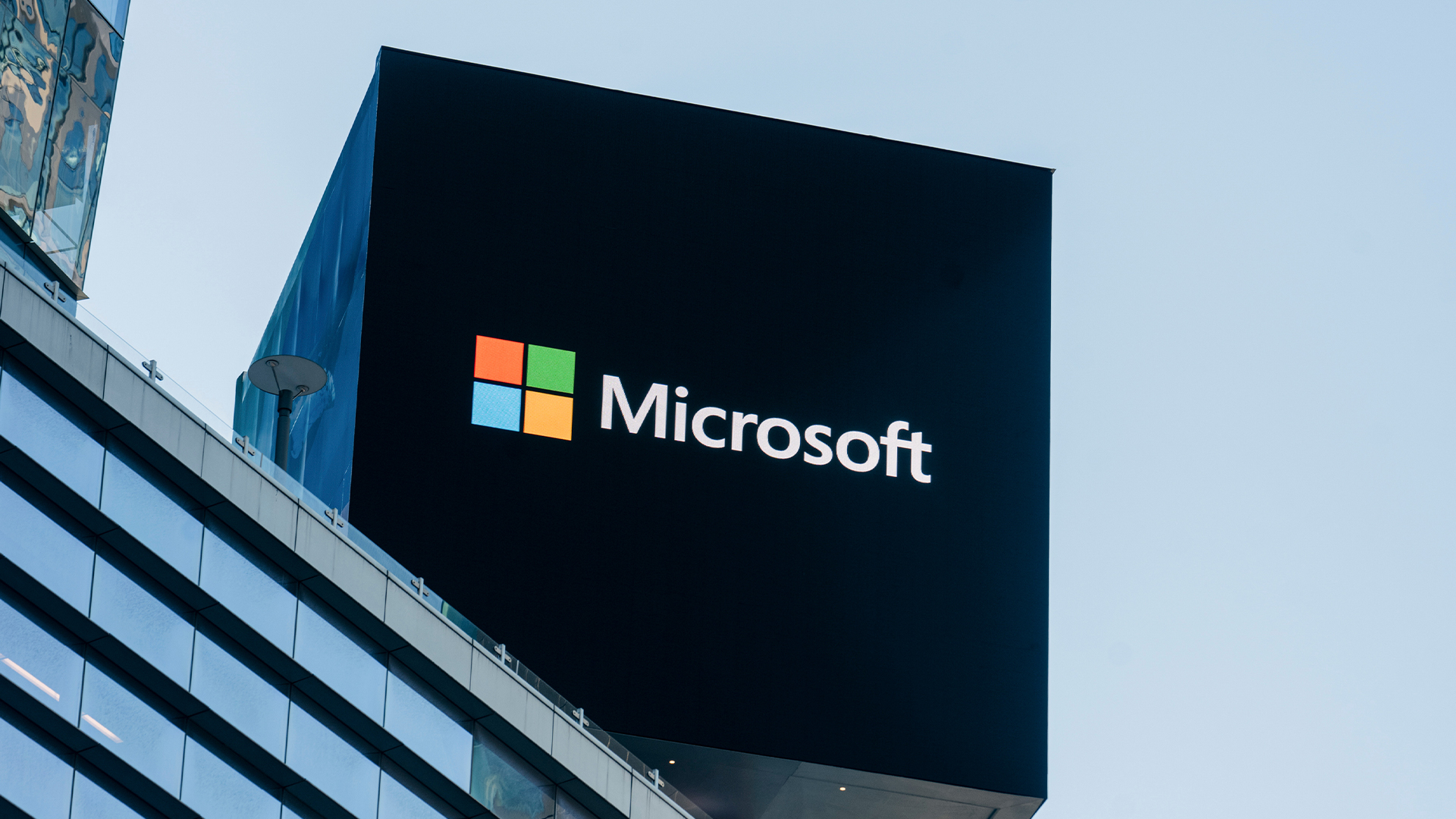 Everything you need to know about the Microsoft outage
Everything you need to know about the Microsoft outageNews After a day of chaos, the worst of the Microsoft outage appears to have passed, but some problems still remain
By Emma Woollacott Published
-
 Microsoft is doubling down on Widows Recall, adding new security and privacy features – will this help woo hesitant enterprise users?
Microsoft is doubling down on Widows Recall, adding new security and privacy features – will this help woo hesitant enterprise users?News The controversial AI-powered snapshotting tool can be uninstalled, Microsoft says
By Nicole Kobie Published
-
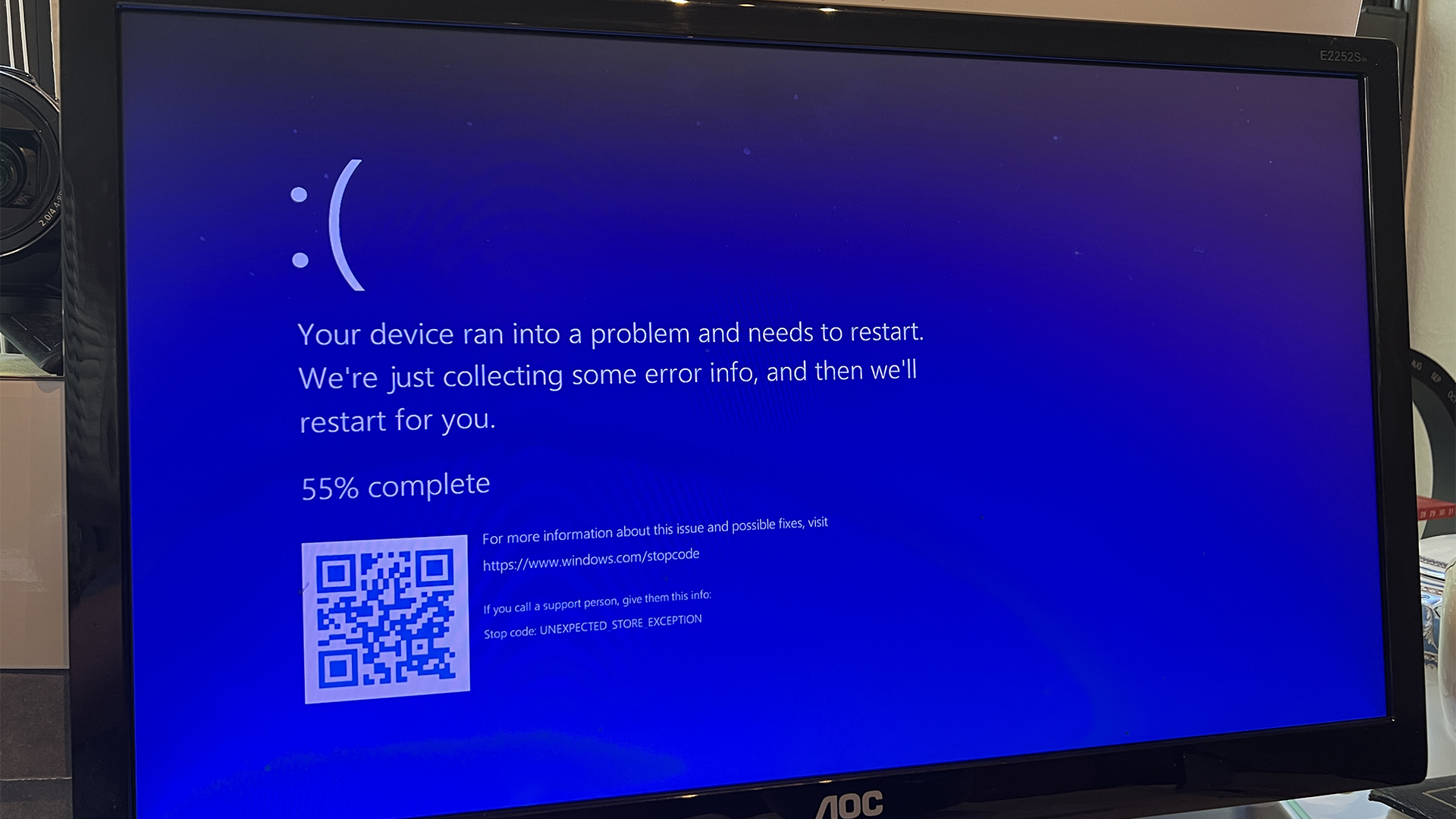 Microsoft pulls Windows update after botched patch causes blue screens, reboot loops
Microsoft pulls Windows update after botched patch causes blue screens, reboot loopsNews Microsoft has pulled a Windows 11 update ahead of next week's Patch Tuesday after encountering a raft of issues
By Nicole Kobie Published
-
 Redis insists license changes were the “only way to compete with Amazon and Google” — now it could face a user exodus
Redis insists license changes were the “only way to compete with Amazon and Google” — now it could face a user exodusNews Redis sparked controversy when it announced licensing changes in March this year – but the company believes the move was warranted
By Ross Kelly Published